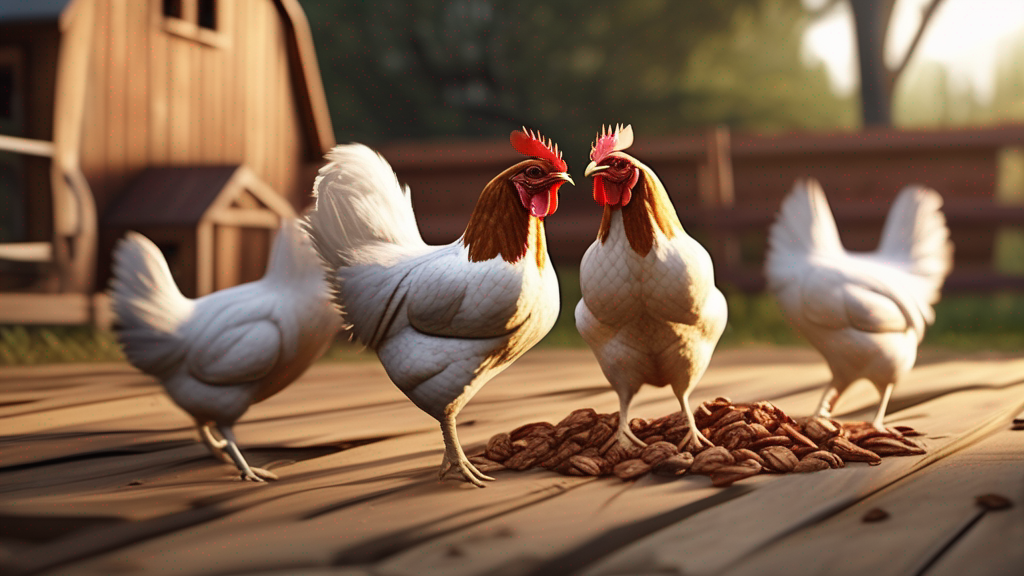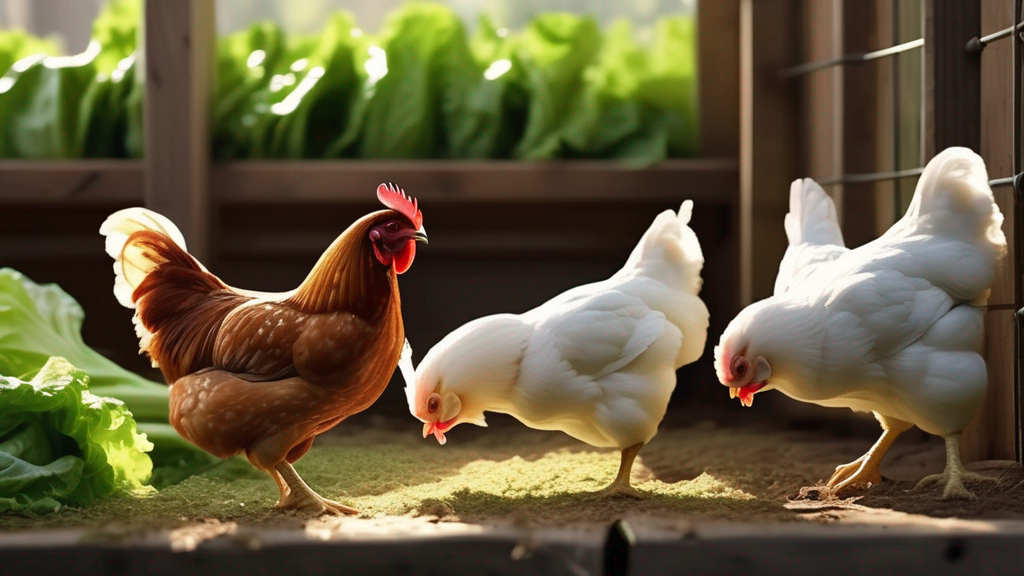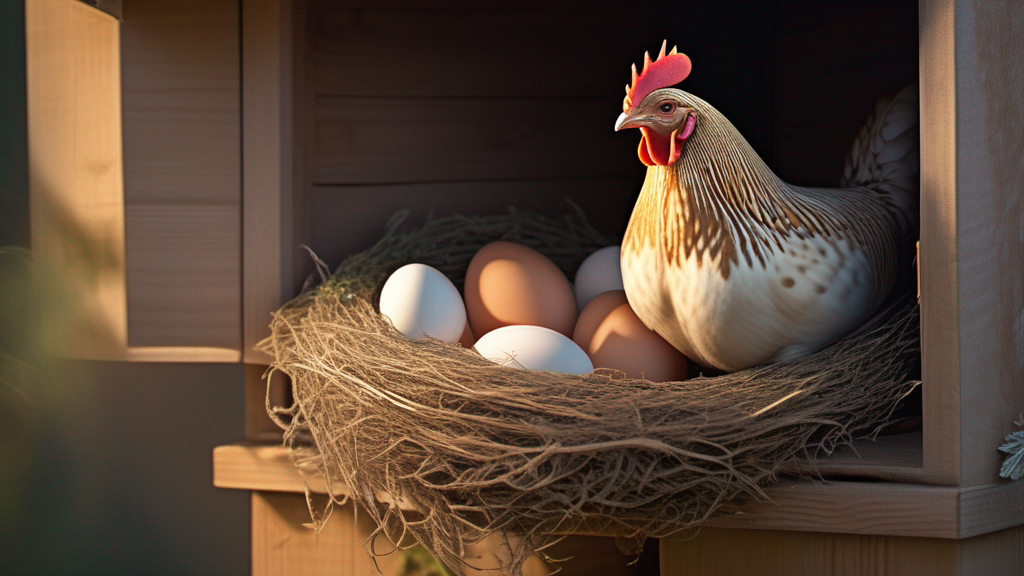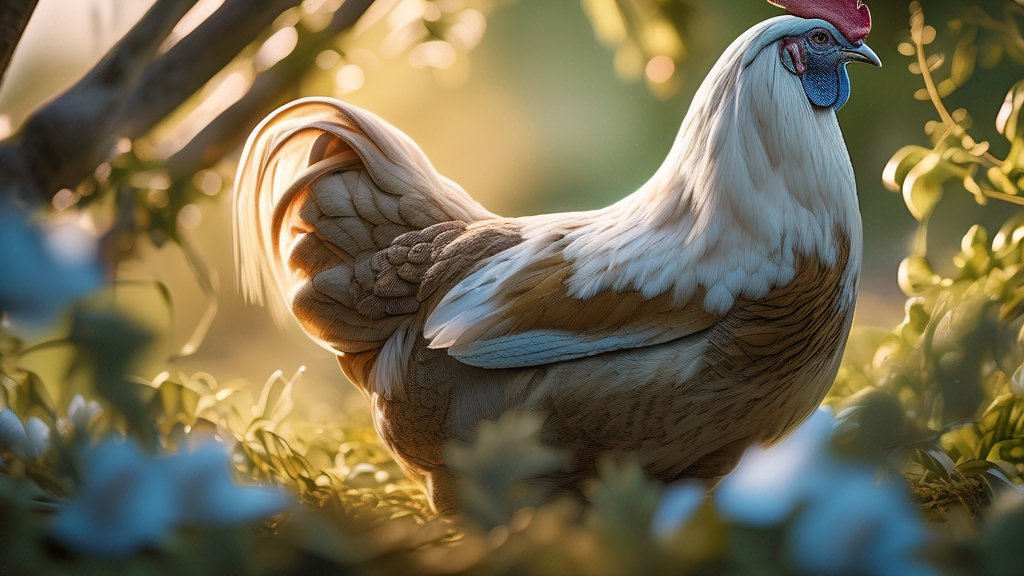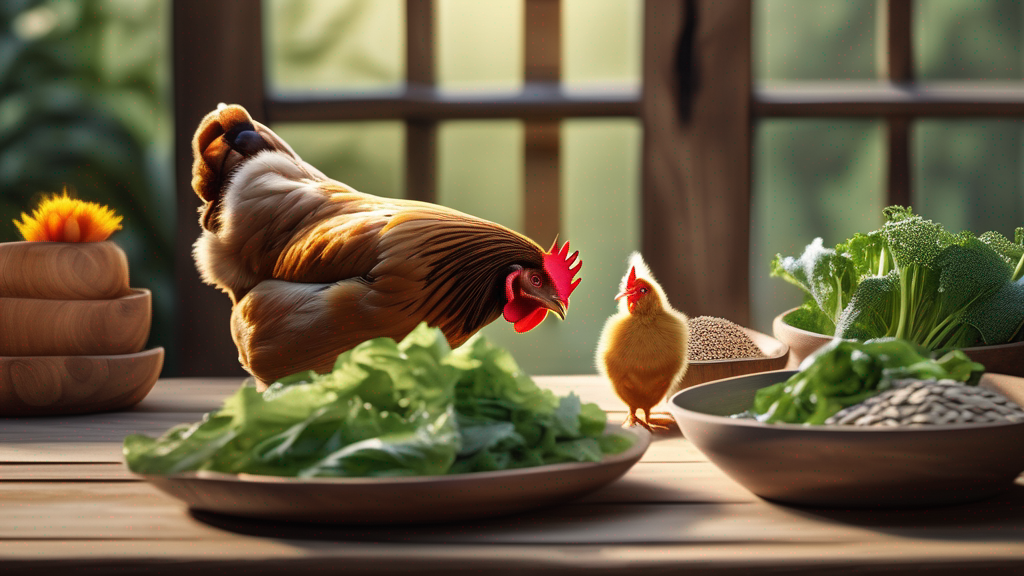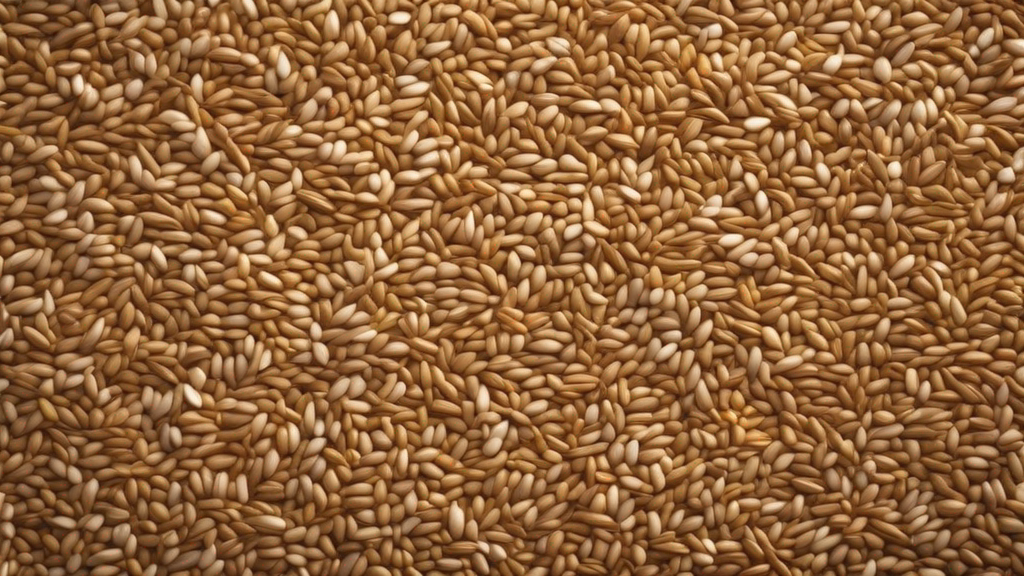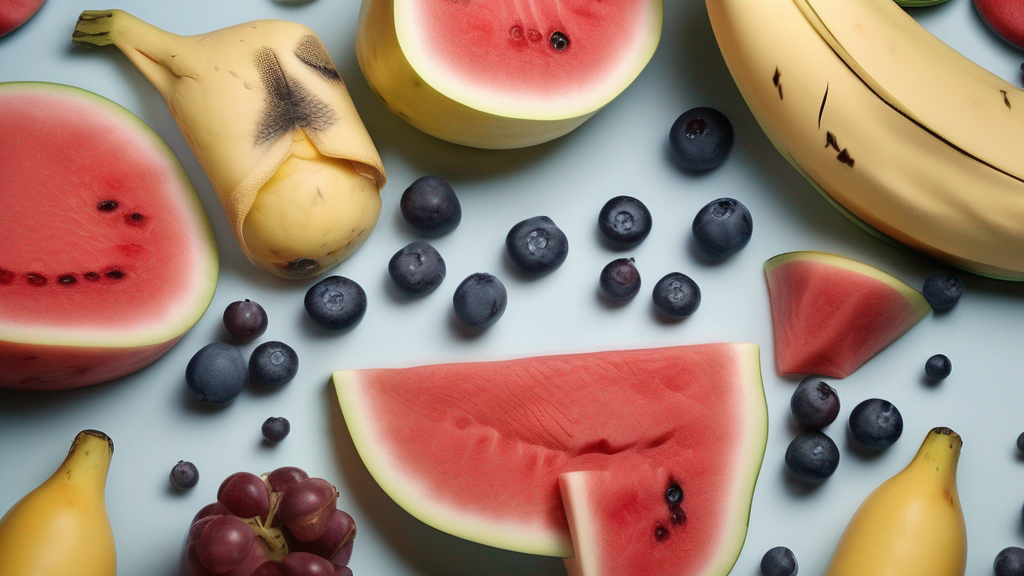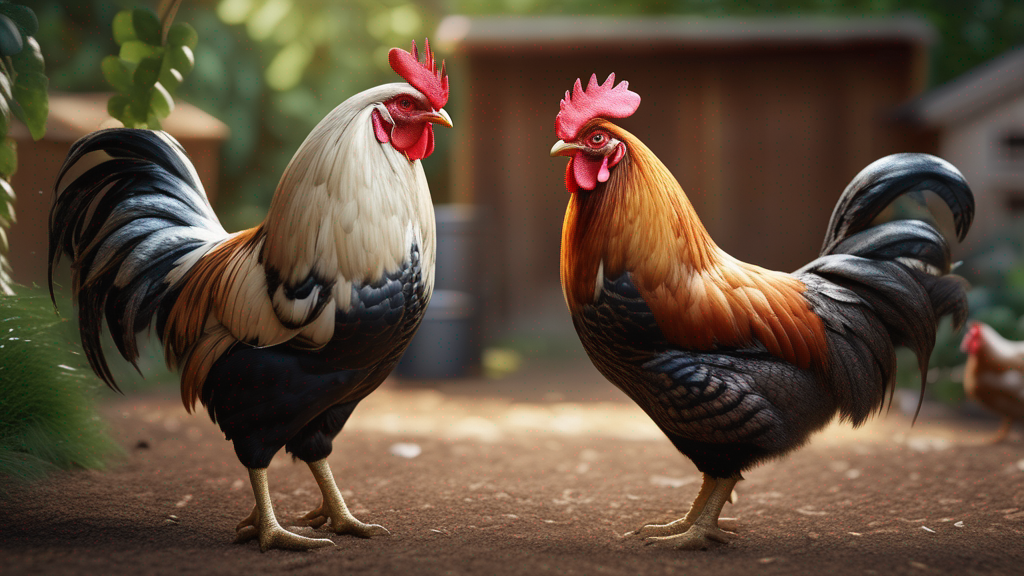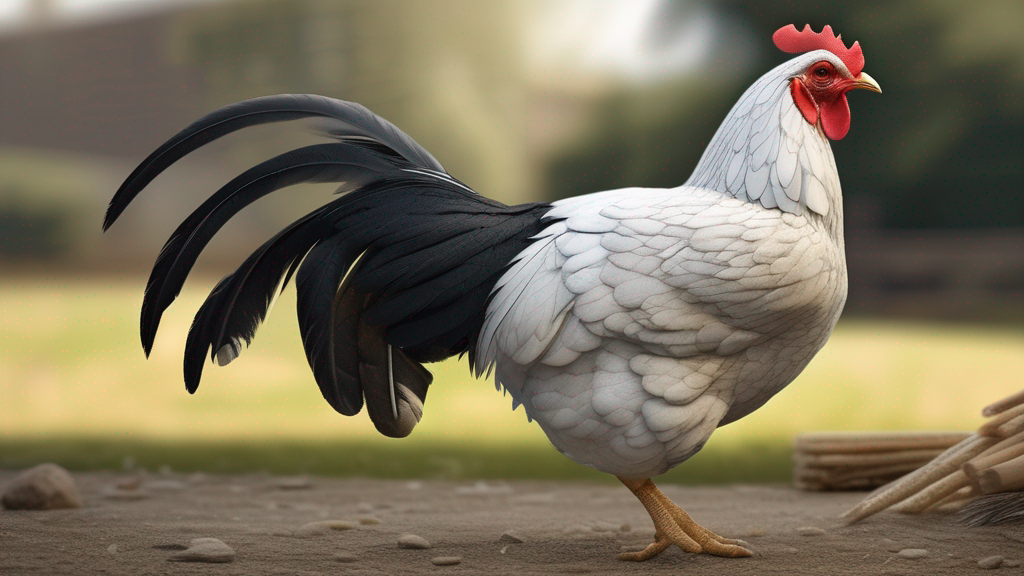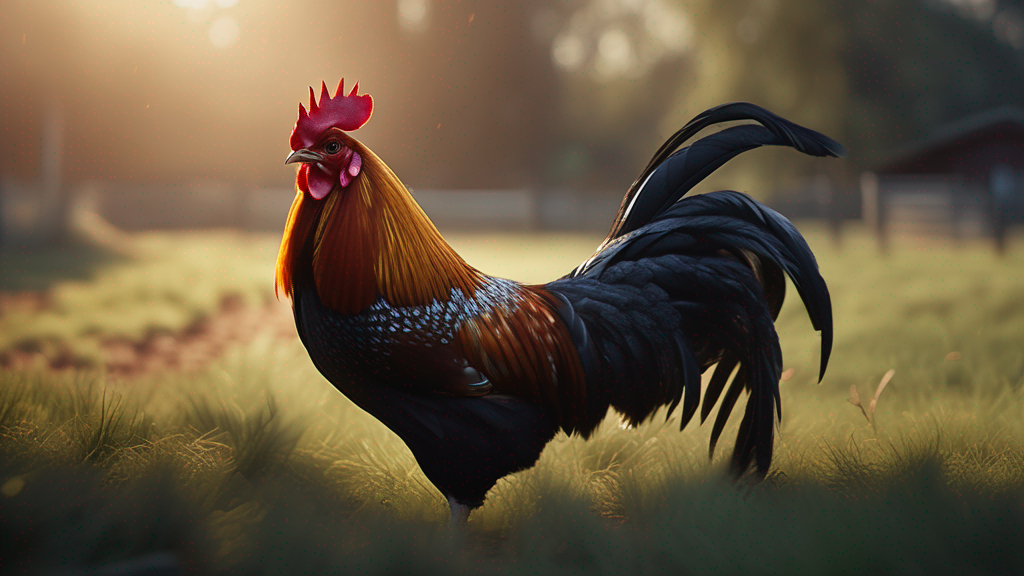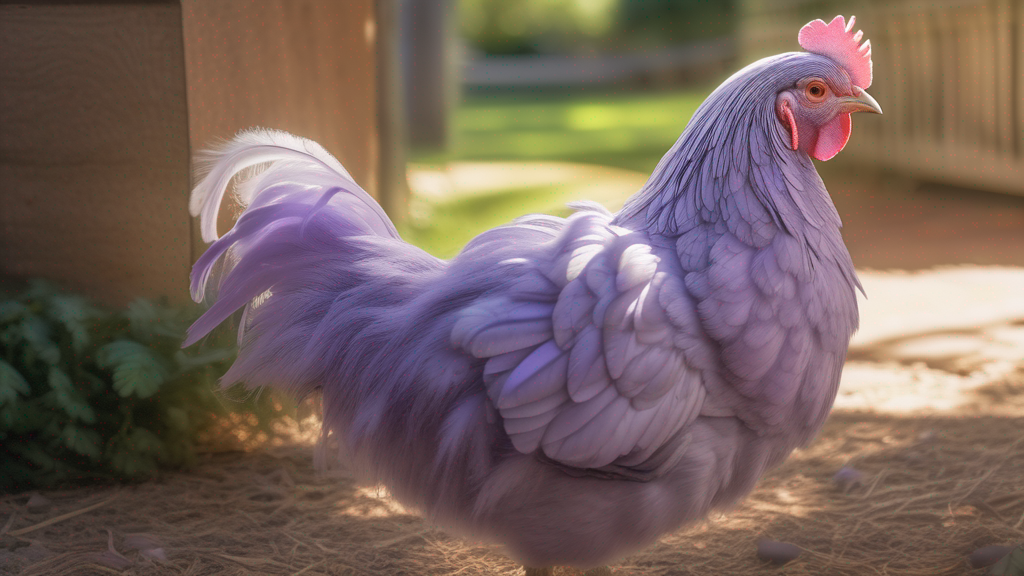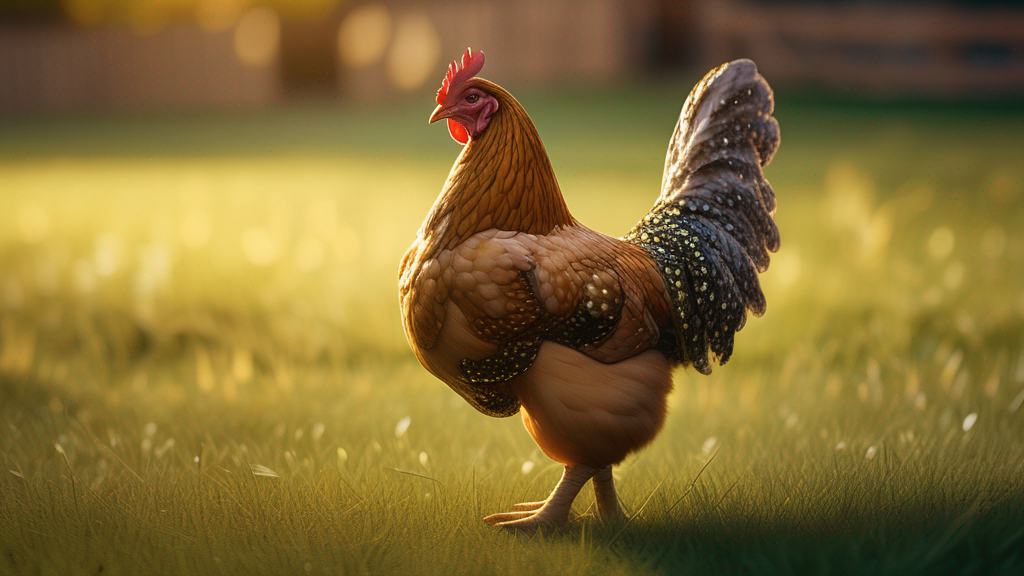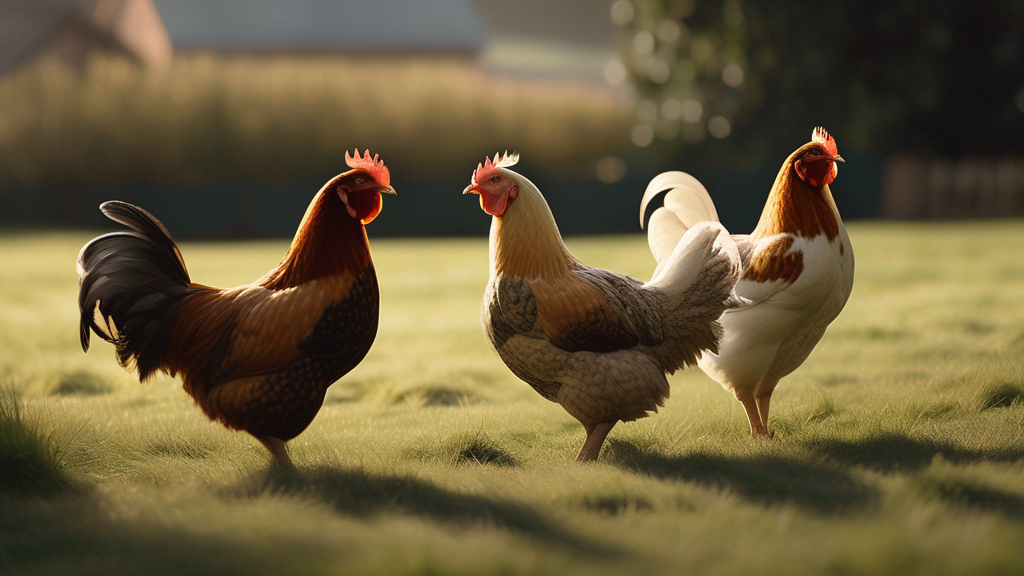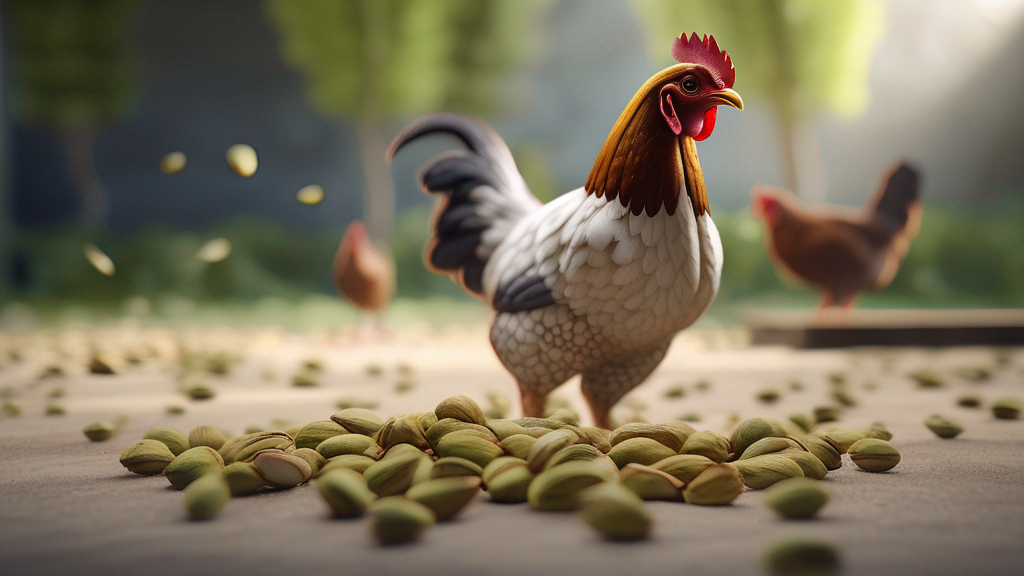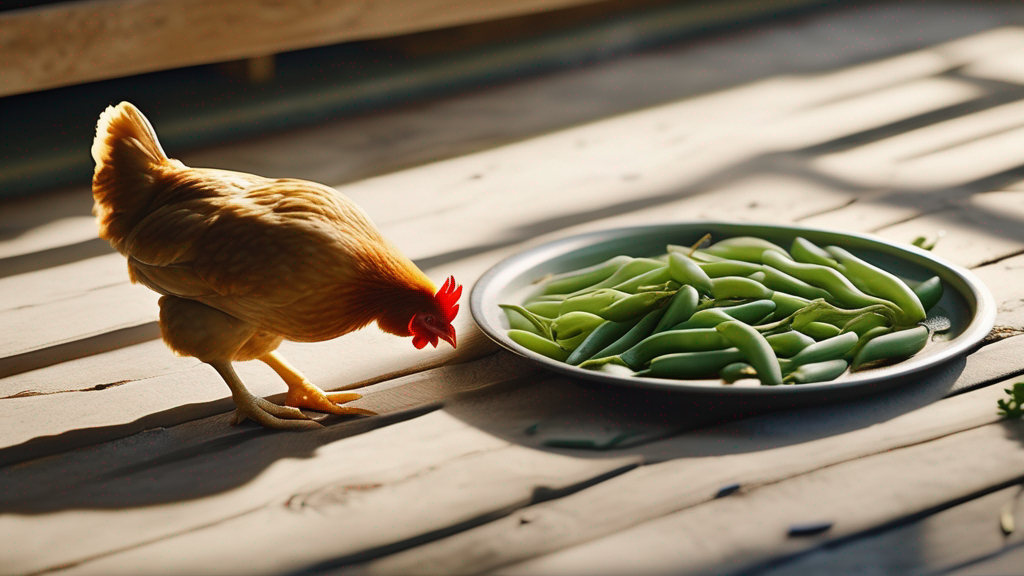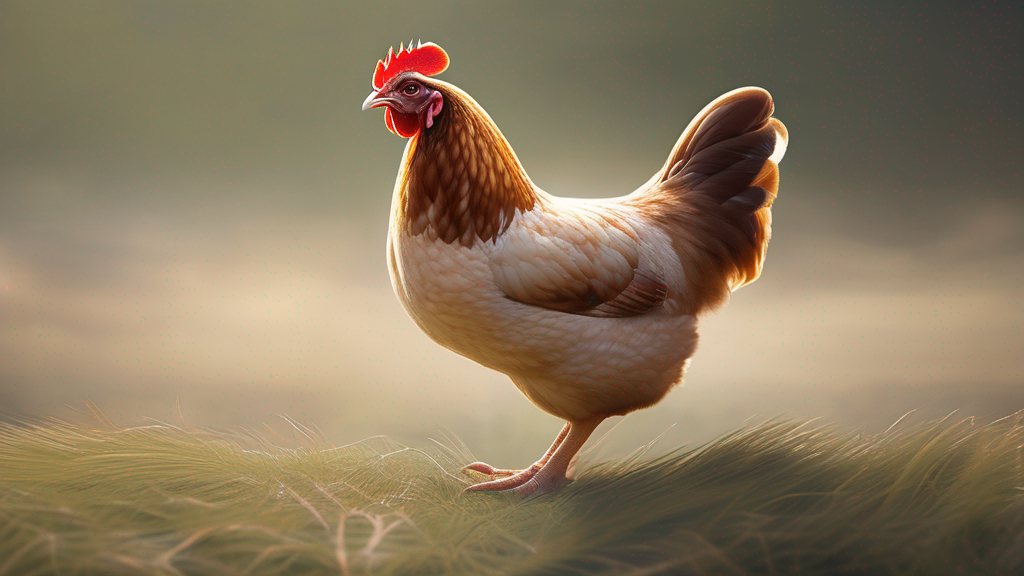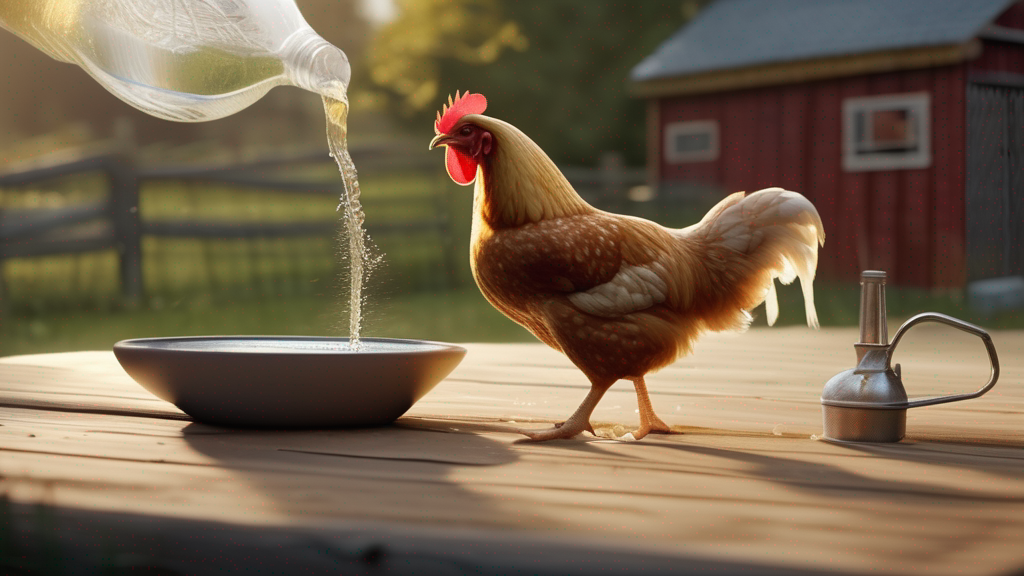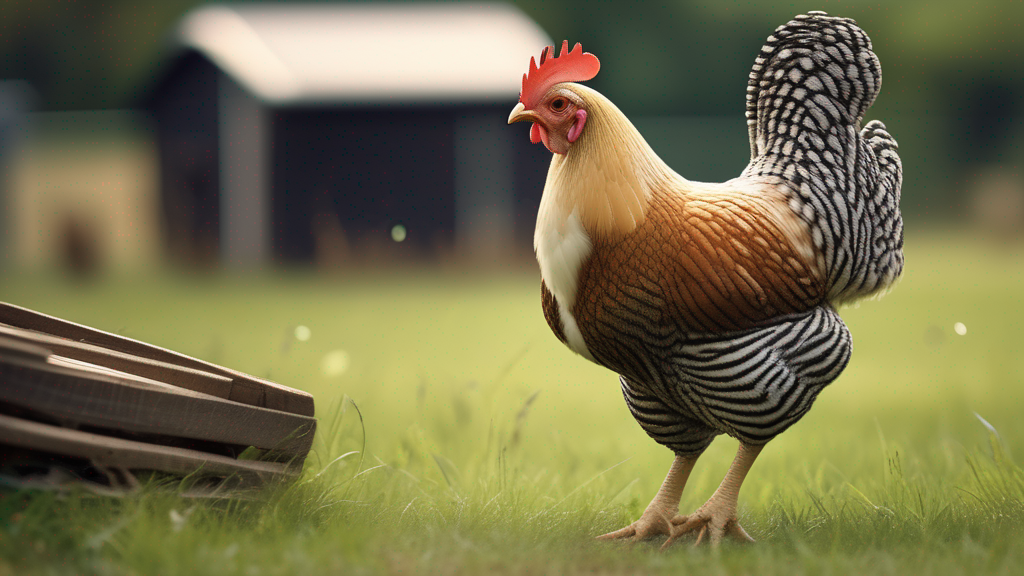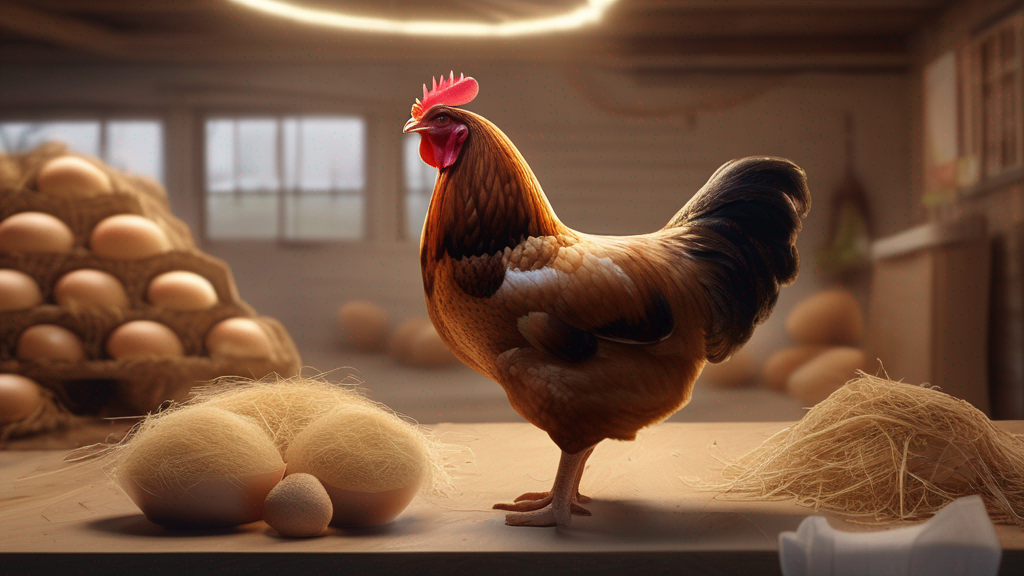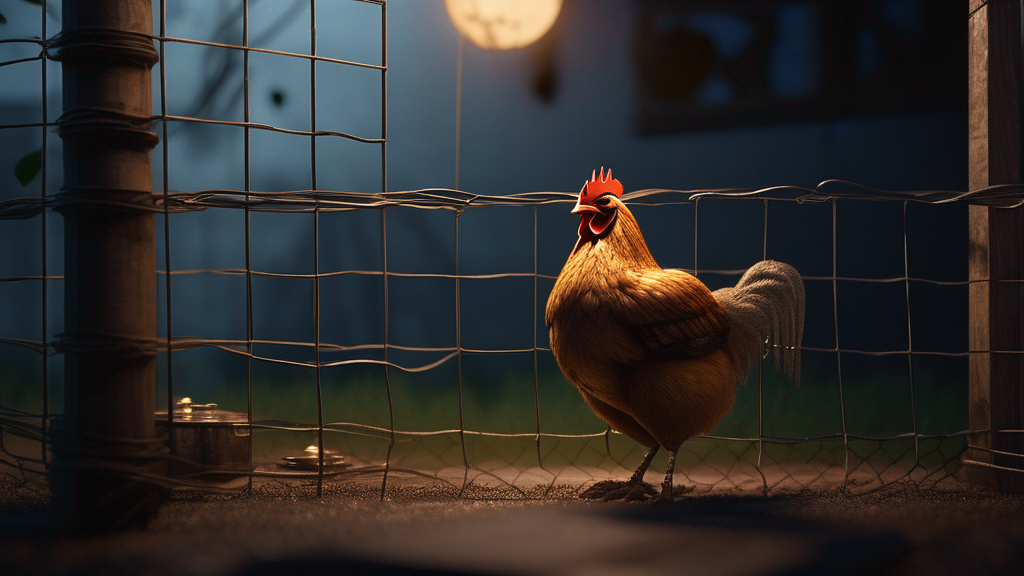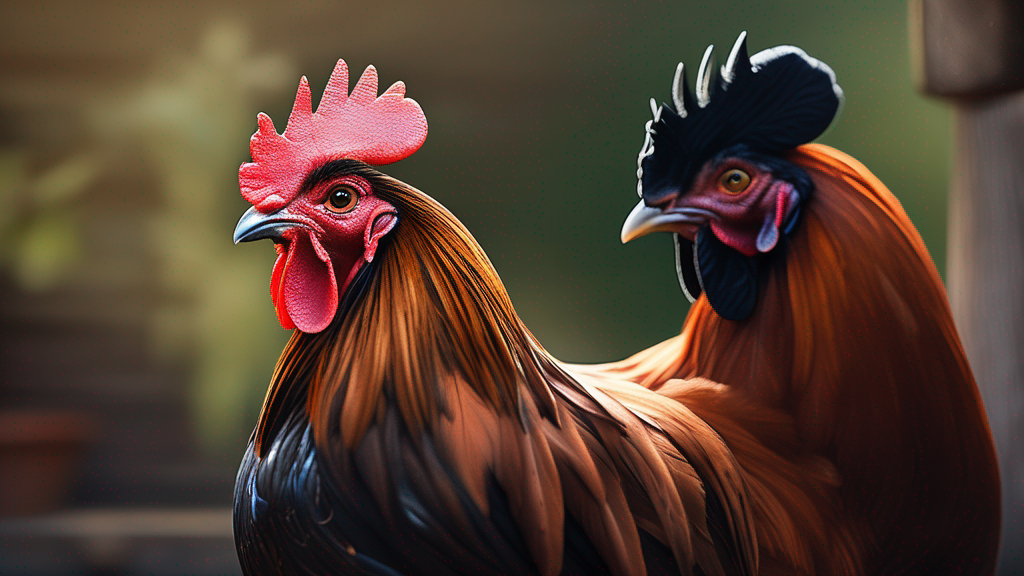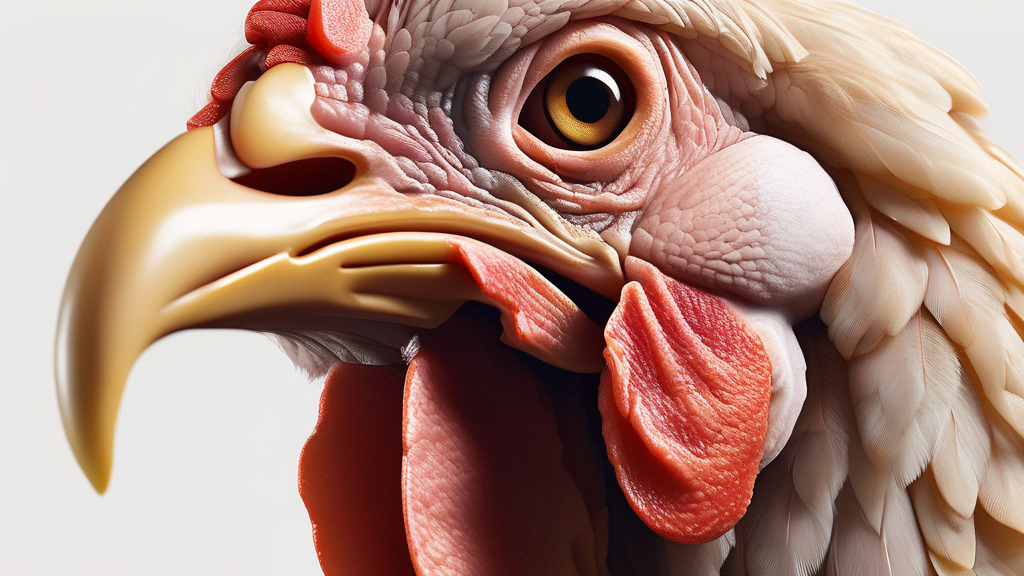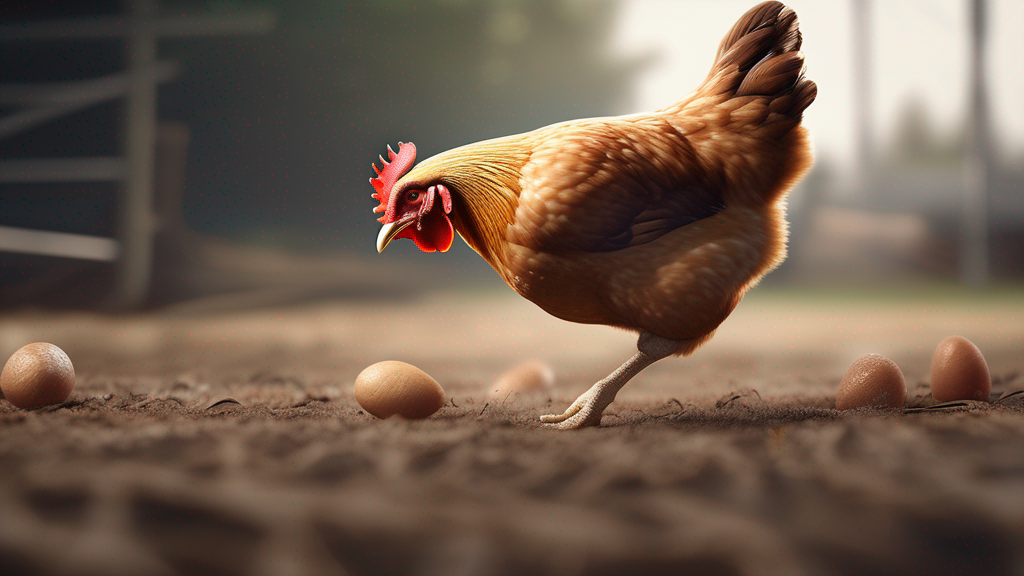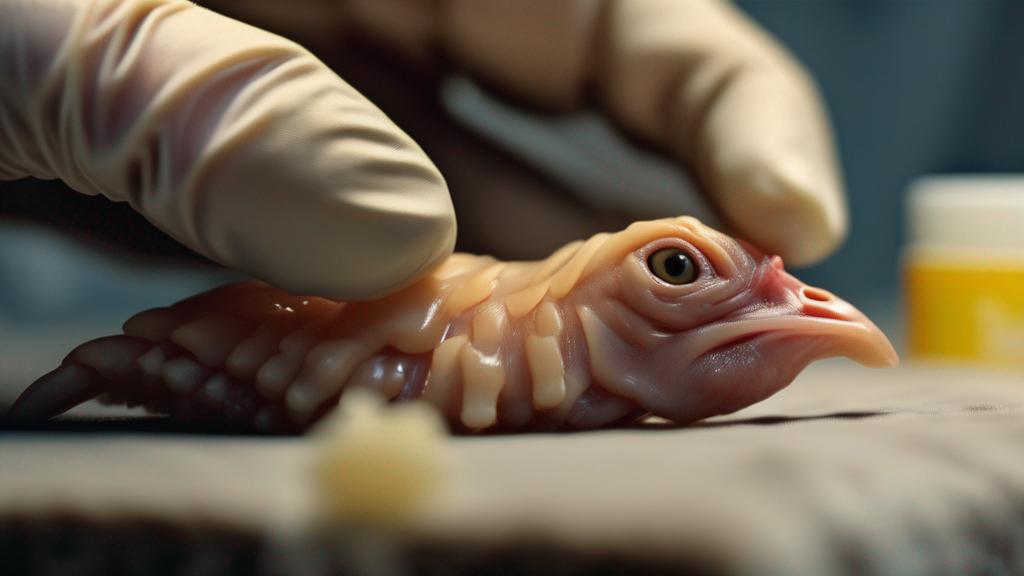When it comes to raising healthy, happy chickens, the right diet is essential—and scratch grains are a timeless favorite among backyard flock keepers. But what exactly are scratch grains? Are they nutritious or just chicken junk food?
In this article, we’ll uncover the role of scratch grains in your flock’s diet, how to feed them correctly, the health benefits, and a complete calorie chart of the most common grains used in scratch mixes.
What Are Scratch Grains?
Scratch grains are a mix of various whole or cracked grains scattered on the ground to encourage natural foraging behavior. They’re often used as a treat or supplement to a complete poultry feed—not a replacement.
Typical ingredients include cracked corn, wheat, barley, oats, milo (sorghum), and sunflower seeds. The mixture may vary based on brand, season, or homemade recipes.
Benefits of Feeding Scratch Grains
- Encourages Foraging: Keeps chickens active and engaged
- Boosts Energy: High-calorie grains provide warmth and energy, especially in cold weather
- Improves Mental Health: Pecking and scratching reduces boredom and aggressive behavior
- Enhances Digestion: Stimulates gizzard activity for better digestion
- Delivers Extra Nutrients: Some grains provide additional protein, fiber, or fats
Scratch Grain Nutritional Table
Here is a breakdown of the calorie content and benefits of common scratch grains per 100g:
| Grain Type | Calories (per 100g) | Benefits |
|---|---|---|
| Cracked Corn | 365 | High energy, encourages foraging |
| Wheat | 340 | Good protein source, easy to digest |
| Barley | 354 | Adds variety, contains fiber |
| Oats | 389 | Heart-healthy grain, rich in fiber |
| Milo (Sorghum) | 339 | Energy boost, heat-producing in winter |
| Sunflower Seeds | 584 | High in fats and vitamin E |
How Much Scratch Grain Should Chickens Eat?
Scratch grains are best viewed as a treat, not a staple. Experts recommend that scratch should make up no more than 10% of your chicken’s daily intake.
Feeding too much can dilute their nutrient intake from complete layer feed and lead to deficiencies in protein, calcium, and vitamins.
Feeding Guidelines
- Scatter 1 to 2 tablespoons per bird once per day
- Offer scratch in the afternoon, after they’ve consumed layer feed
- Avoid feeding in rainy weather to prevent spoilage or mold
- Store scratch in a dry, rodent-proof container
Homemade Scratch Grain Mix Recipe
Want to create your own healthy scratch blend? Here’s a simple starter recipe:
- 40% cracked corn
- 20% whole wheat
- 15% barley
- 10% oats
- 10% milo (sorghum)
- 5% black oil sunflower seeds (BOSS)
Feel free to adjust ratios seasonally—more corn in winter for heat, and more oats in summer for fiber.
Winter vs. Summer Scratch Use
In winter, high-energy grains like corn help chickens stay warm and active. In summer, reduce corn content and increase lighter grains like barley or oats to prevent overheating.
What to Avoid in Scratch Grains
- Moldy grains: Can cause deadly mycotoxicosis
- Excessive corn: May lead to obesity, especially in hot weather
- Unbalanced homemade blends: Always supplement with complete feed
- Sticky kitchen scraps mixed with scratch: May ferment or attract flies
Frequently Asked Questions
Is scratch grain the same as chicken feed?
No. Scratch grain is a treat and lacks complete nutrition. Chicken feed (starter, grower, layer) is specially formulated for daily health and productivity.
Can chicks eat scratch grain?
Not recommended for chicks under 8 weeks. Their digestive systems aren’t ready, and it may displace critical starter feed nutrients.
Can you ferment scratch grains?
Yes! Fermenting scratch improves digestibility and introduces probiotics. However, offer it in small quantities and monitor spoilage.
Do scratch grains help with molting?
While they boost energy, scratch grains don’t offer the high protein levels needed during molting. Add high-protein treats like mealworms instead.
Conclusion
Scratch grains are an excellent way to keep your flock happy and healthy—when fed in moderation. They encourage natural foraging, provide a winter energy boost, and promote better digestion.
Just remember: scratch is a supplement, not a substitute. Pair it with a complete feed, clean water, and a safe environment for optimal results.
Explore more feeding tips and DIY poultry recipes in our Chicken Nutrition Library today!
